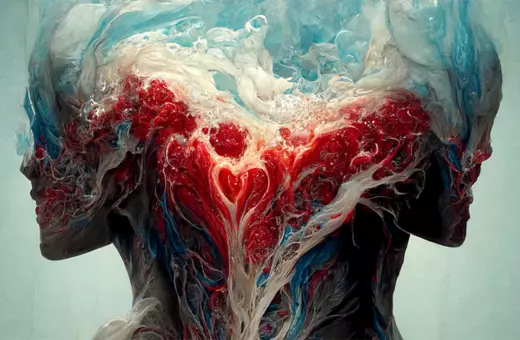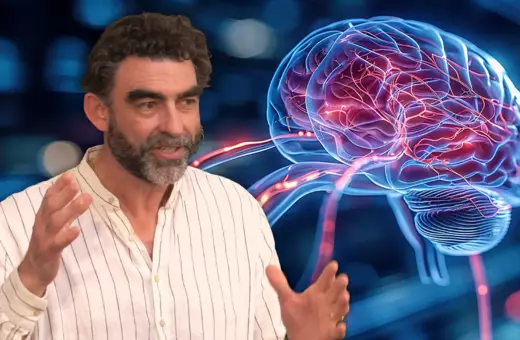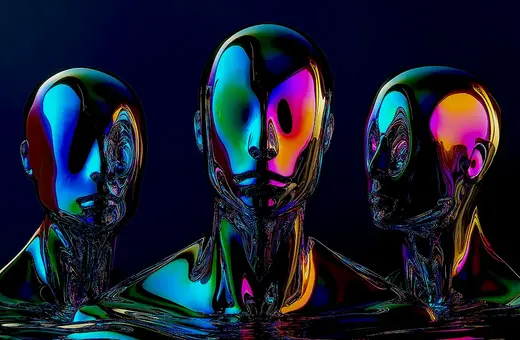In response to Bernardo Kastrup’s scathing criticisms of materialist explanations of the states of consciousness induced by psychedelics, David Nutt argues that we don’t need to adopt an untestable metaphysical worldview to explain the subjective richness of psychedelic experiences.
Let's start with where we agree. It doesn’t make intuitive sense that alterations in (increased) complexity of brain waves could explain the whole range of subjective experiences that are reported under the influence of psychedelics. I agree they probably don’t in a direct sense - it seems to me much more likely that they are correlated because they both derive from a common change in another system or systems. Despite Bernardo’s criticisms and scepticism, I think we can plausibly develop theories as a result of neuroscience and neuroimaging research coupled with simultaneous acquisition of subjective effects that help explain the altered state of consciousness produced by psychedelics.
Where those might be is the question - and I will come back to it later - but at this point I think it is reasonable to suggest that the primary visual hallucinations (the Christmas tree lights) probably reflect a psychiatry-induced disruption of the layer 5 neurons in the visual cortex. This would degrade the ability of the complex cortical network that creates vision by integrating retinal inputs. Physiological studies of the neuronal workings of non-human visual systems predict that simple geometric shapes, colours and movement are the primary processes that are extracted from retinal inputs and from which more complex visual schema are then created. Psychedelics disrupt these higher-level constructions so allow the user to “see” the primary workings of the visual system that are not normally accessible to consciousness.
___
Though the changes in complexity may be small, we have seen that similarly small changes in other neuroimaging measures have a massive effect on subjective experience.
___
But complexity is clearly related to the state – i.e. they are correlated – presumably through some other measure. The question is: what might that be? Undoubtedly serotonin receptors of the 5-HT2A subtype are involved because psychedelics work through stimulation of these, a fact revealed by the complete blockade of the psychedelic experience by drugs that are antagonists of these. A variety of neuroscience approaches suggest that these receptors are involved in cross-cortical information processing. Disturbing their function with psychedelics changes not only the ability of the visual cortex to process retinal inputs, but many other parts of the cortex to continue to work in their usual way. This transient perturbation, we believe, is why psychedelics can break down repetitive entrenched thinking processes in conditions such as depression and addiction. Cortical entropy is a measure of that changed process and research is underway to see to what extent it might predict positive clinical outcomes.
But how could such a chaotic state of entropic activity lead to the remarkable wonder and insights that are so characteristic of the psychedelic state? Well in addition to breaking – often negative – thought-loops, the increased entropy may also release the usual brake that the cortex holds on other sub-cortical structures such as emotion centres. I suspect that a lot of the pleasure, even euphoria, psychedelics produce is caused by the liberation of these centres such as the amygdala and hippocampus from “top-down” inhibitory control. We know that mood changes produced by other drugs and some physical interventions can be explained by this kind of disconnection of cortical inputs to emotional centres.
 SUGGESTED READING
Slavoj Žižek on quantum history and the end of the past
By Slavoj Žižek
SUGGESTED READING
Slavoj Žižek on quantum history and the end of the past
By Slavoj Žižek





















Join the conversation